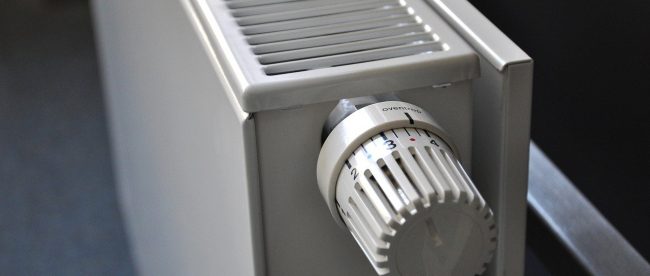When you build or renovate your home, the heating system is an essential point that you must not forget. There is a wide choice of heating emitters; the radiator is one of the best. There are many different types of radiators, and you will find the advantages and disadvantages of each in this article.
The convector
The convector is the best-known radiator. As its name suggests, heat is provided by convection. Its operation is simple and fast: the air enters the box and is released into the room. The convector is equipped with a resistance inside the box, when air goes through it, in contact with this resistance, it heats up and is distributed by the top of the device. This cycle is repeated while the convector is in operation and allows to increase the temperature in the house quickly.
The convector has several advantages. It provides quick heat for your home. It consumes little energy, allowing you to heat your home ecologically. The device is quiet but also easy to install. Moreover, the convector is particularly suitable for damp rooms; it can even reduce this humidity.
However, it also has some disadvantages. It has a short lifespan. It is not suitable for large rooms. Its operation causes the displacement of dust, and it dries the air.
The radiant panel heater
The radiant panel heater works by two actions: convection and electromagnetic radiation. The radiant heater is composed of a carbon or metal plate heated by electric resistances. This plate diffuses infrared rays that allow heat to be transmitted. This model has many advantages. It is known thanks to its good energy performance and its economy. Indeed, this device consumes little energy. It offers a soft and homogeneous heat. Moreover, it is not very expensive.
However, the heat transmitted by the radiant panel is very intense, so the radiator should not be located near furniture. It favors the dispersion of allergens and microparticles.
The inertia radiator
The inertia radiator is the latest model of electric heating. This type of radiator is classified into the dry inertia radiator and the fluid inertia radiator. The first one is composed of several plates (metallic or refractory), which an electric resistance will heat. The air will pass through these plates, and soft heat will spread in the room. As for the fluid inertia radiator’s heating body is made of a heat transfer liquid (vegetable or mineral oil, petroleum derivative, glycosylated water). This liquid is heated by electrical resistances and the heating is obtained thanks to it.
The main advantage of this radiator type is that the inertia allows a machine to remain heated even after the system is stopped. The inertia radiator has temperature control. In addition, it saves energy and provides even heating for your home. This model is especially eligible for the reduced VAT.
But, if you want this type of heating, be prepared for a high cost. And it is not recommended for poorly insulated homes.
Materials used for radiators
Speaking of the different types of radiators, it is essential to have a little knowledge about the materials used for it. There are several materials to design these devices:
– cast iron is ideal for retaining heat and reducing its energy consumption. It extends the life of your radiator.
– Steel allows to heat quickly. But it has bad inertia.
– Aluminum also heats very quickly.
– Ceramic allows the spreading of homogeneous heat. It has excellent inertia.

